ATS-20 SI4732 Review: Small is beautiful
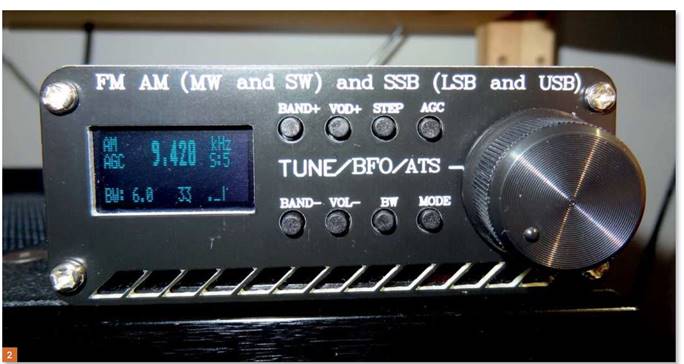
The latest incarnation of the diminutive ATS-20 SI4732 Radio Receiver turns out to be a very nifty multi-band radio for travel or your shack. It looks cool, and its performance is respectable. Read our ATS-20 SI4732 Review.
Georg Wiessala – [email protected]
Fig. 1: The telescopic is enough, given what this is, but another aerial can improve things, of course.
Like, perhaps, quite a few of you, I had seen this little radio – and I mean little – appearing on radio blogs and websites for a while now. Initial reviews were not great, so I put off buying for a while. As so often in these cases, there was also the issue of cheap fakes of this product knocking around, which was a bit of a concern.
Half a year later, I tried again; after some online research, I found one at a reasonable price-point, around £ and took the plunge. I bought it from a seller called AllAboutFun, and, unlike many other of these radios, this one was branded as ‘ATS-20’ (Figs. 2 and 3). Quite a lot of these have been sold in Germany, my radio friends there are telling me, so the name was quasi-familiar.
The unit arrived fast, and out-of-the-box, you get the radio a USB charging cable and a simple telescopic aerial. Up and running in no time, first on FM, where the audio quality from the topside speaker surprised me, as did the inclusion of RDS and the metal case. The aerial that comes with it, by the way, is principally for FM.
The table in Fig. 4 shows the key data for the ATS-20, note the 64-84MHz provision and the stepped HF frequency bands. I ran the radio from a power bank, or you could charge it from a USB charger – the input voltage is 5V with a current of 1 A.
Upon switch-on, the initial screen shows the software and developer information: ‘SI473X; Arduino Library; All-in-One Radio; V3.0.7b-ByPU2CLR’. The screen is small – about the size of a postage stamp – but the display is crisp, with information about mode and frequency, step size and bandwidth, volume gain control, and a rudimentary S-meter visible (with my glasses on, mind).
The (small) buttons with a ‘+’ after them, combined with the plastic tuning knob enable you to change parameters. Just follow the instructions in the two-page leaflet; it’s not in Chinglish, and this is, on the whole, an intuitive device. I found that, using just the telescopic aerial, you can achieve acceptable LW and MW reception during the daytime, depending on your location. Hitch it up so a half-decent aerial, and reception improves. I did the overkill-thing and connected the ATS-20 to my Reuter RLA3 (Figs. 1 and 5 for size comparison). RTTY and Fax reception were (just) possible then, on a good day and with the RLA3 or my Wellbrook hooked up.
You might use this as a rudimentary, compact, FM/AM listening post with Lithium-Ion battery for on the road (Fig. 1); or as a ‘monitor’ for just one, or a few, utility data/ voice stations, such as HF VOLMET.
However, in general, I just left the telescopic on and enjoyed medium wave sports coverage on the go. At night, I could receive all my favourite larger short wave stations, for instance, China Radio International, Radio Romania International, and the Voice of Greece, plus a few smaller ones. I was also able to listen in to radio amateurs on SSB, to HF VOLMET, CW, and to RTTY. Sensitivity was good, for what it is, but, of course, this is not a DX machine. However, I had a lot of fun using this small device. There has been some criticism of the bandwidths provided (1.0, 1.8, 2.0, 2.5, 3.0, 4.0, and 6.0kHz), but I did not find this an issue – maybe this is related to an earlier model of this radio.

Fig. 2: Frontal view of the ATS-20 SI4732 Radio Receiver.
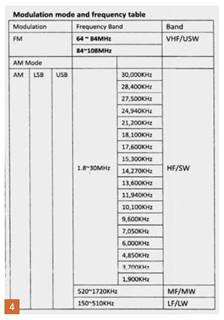
Fig. 4: The radio’s key technical specifications, as per its product leaflet. Fig. 5: That’s about the size of it.
As I am writing this, another (ATS-25) model is also out there, offering touchscreen functionality and wideband reception. Go on, treat yourself to one now, tinker a bit and beat any emerging Christmas boredom. But have your glasses ready …
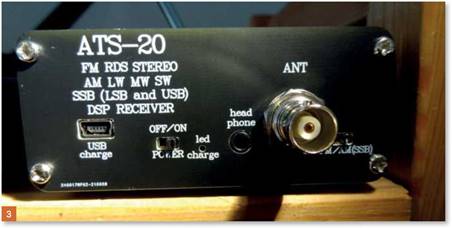
Fig. 3: The rear of the branded version.
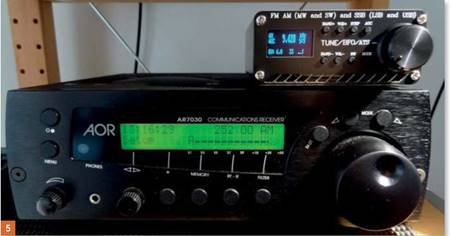
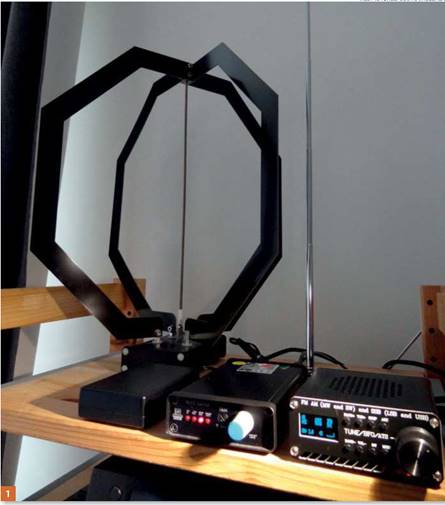



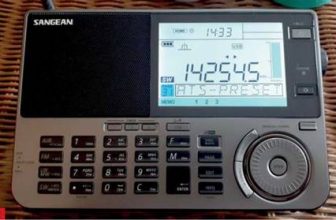
Will this radi work at 14.300 USB upper side band.? Had some indication it may be only LSB
I’ve been playing with this item for the past several days and with only the telescoping antenna I can receive only one FM station; the local one. All other bands are DEAD. Maybe I bought a dud. I am not a pleased buyer, as I was expecting to hear a few more stations, even the local ones.
I too only see the display say “LSB”.
I’m sorry to hear that.
I got one of these a few days ago and it is remarkably good for the money. When I fist ventured into radio listening and ham radio back in the mid 1970s, a radio with this kind of capability would have cost a significant amount of money. The ATS-20+ is FAR better than my first Realistic DX302 which back in the day cost about £300, but remember, we have had about 10x inflation since then, so it is a heck of a bargain.
As supplied the software version was a bit clunky – especially on SSB and I soon installed the later software from Goshaante https://github.com/goshante/ats20_ats_ex
That has many better features – the best of which is the three page settings menu. Here, I found the BFO setting feature which allows me to calibrate the BFO so that USB SSB frequencies are bang on accurate. Mine was about 20HZ high out of the box, so Shanwick ATC operators sounded a but Donald Ducky when I set the dial frequency to 5649Khz. I had to tune down to 5648.8 to make them sound right.
My radio has a small battery – only 500 mAhr, which soon runs out. I have ordered a much bigger one which another user says will fit in place of it. The new one is 2700 mAhr – so five times as long operating without a re-charge. Amazon sell them.
I know some buyers have been disappointed, but not this one. Everything about it is what was promised, and I have been well pleased.
https://www.amazon.co.uk/dp/B09WR3SQSW?ref=ppx_yo2ov_dt_b_fed_asin_title
Jim – you probably need to switch over the antenna switch on the back next to the antenna socket. From the rear, you need to switch it to the right – away from the antenna socket for short wave, medium wave and long wave signals. SWitch the other way for VHF FM band. I keep forgetting to do this myself when band switching.
I am writing long after your comment, but I have been very pleased with mine for use when travelling. It does NEED a decent HF antenna for swl use and for medium wave and Long wave if you are far from the transmitter.
I updated the software for a more developed version than the original one it came with and the radio is now much more ergonomic and usable. The later version allows to to adjust the BFO offset in the main menu which was also new in this software release. Thar BFO adjustment allows you to calibrate the SSB signals properly so that the speaker sounds right when the dial frequency is set correctly say on a VOLMET standard frequency. Mine was running about 20hz lower than the dial frequency showed – not a problem once you adjust the BFO and leave that adjustment saved in the eprom. It means you can switch the radio on, dial in the desired ssb frequency and the speaker sounds perfect. As teh battery voltage declines towards exhaustion, the frequency drifts off. Easily sorted, just charge the radio up again.